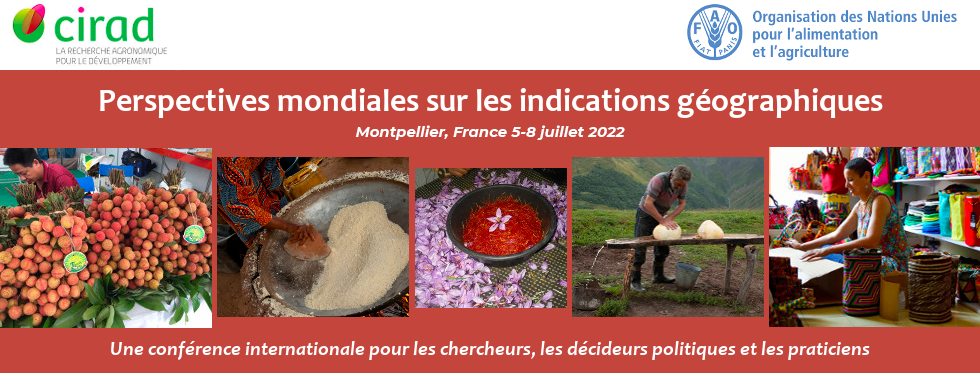Until present, there is no single classification system regarding Geographical Indications worldwide. Differently, there are Nice Agreement concerning the International Classification of Goods and Services for the Purposes of the Registration of Marks, Strasbourg Agreement concerning the International Patent Classification, and Locarno Agreement establishing an International Classification for Industrial Designs.
Classification system in trademarks makes investigating similar registered Trademarks easier, because the distinctiveness of a trademark, except for a well-known mark, is only required in comparison with other trademarks in the same classification. Classification system in patent makes searching prior art faster so the novelty of a product can be easily measured. Similarly, classification system in Industrial Design makes the newness of an industrial design can be swiftly determined. Regarding Geographical Indication, distinctiveness, novelty or newness is not an issue. What matter in a Geographical Indication potential is the strong link of a product with its geographical origin. So, classification system seems unnecessary.
However, since provisions specialized for Geographical Indication are incorporated in TRIPs Agreement, extending the scope of protection of Geographical Indication for goods other than wines and spirits has already been an issue, not to mention the debate about whether Geographical Indication can only be applied for goods or products, which implies debating about the possibility of protecting services as a class of Geographical Indications.
At the time India protects Basmati Rice as a Geographical Indication of India, indirect geographical indication has also become an issue of classification, because ‘Basmati' is actually not a name of a geographical origin, but a name of a type of rice in local language of India that denotes a specific geographical area in India. Geographical Indication protection in culturally diverse countries like Indonesia and Thailand have raised new classes of non-agricultural Geographical Indications, especially handicrafts. Indonesia even extends the protection to industrial products. Whilst in one region, wild products and organic products become hot topics, on the other region, there is a need to protect herbals and traditional medicines under Geographical Indication.
All of the abovementioned problems are related to the classifications of products; which ones are eligible for Geographical Indication protections and which ones are not. If all of them are Geographical Indication potentials, would the details of requirements to establish the link of the products with their geographical origins are exactly the same?
This paper would explore and discuss about whether a special classification system for Geographical Indications is necessary. Qualitative data would be obtained by online research. Legal methods, especially descriptive analysis and comparison study would be used to explain and analyze the data, and comprehend the topic.
This paper argues that classification system of products for Geographical Indications is worth to be considered, as different types of classifications have been used in practice to make the protection of Geographical Indications less debatable, simpler, and able to reach various types of products.



